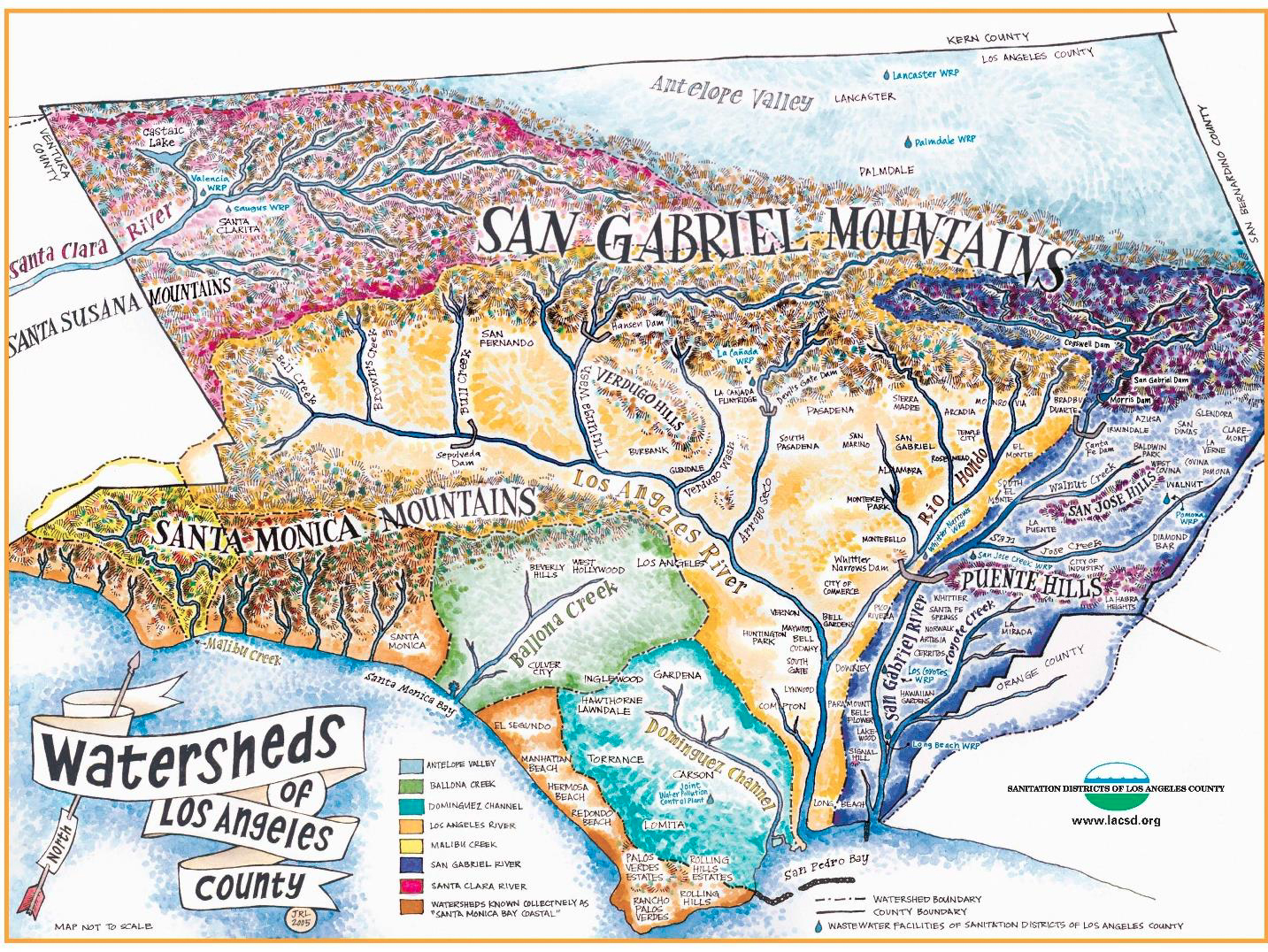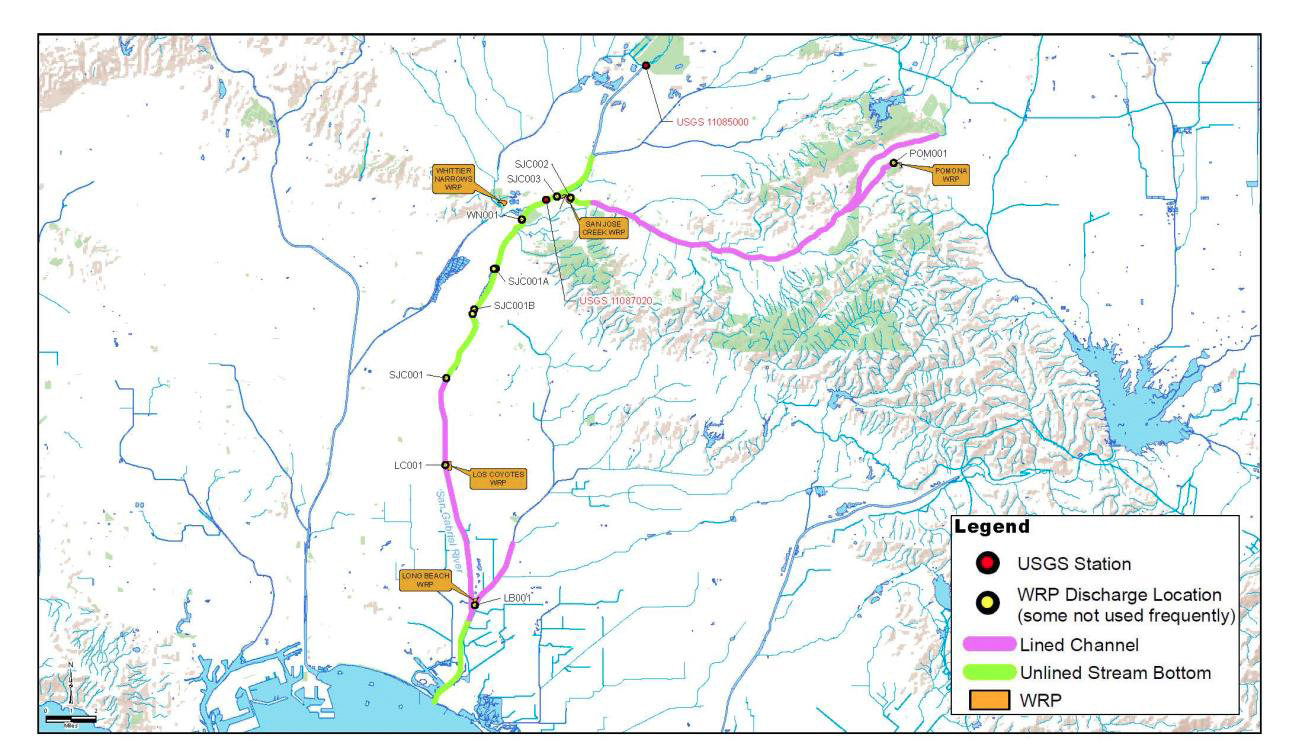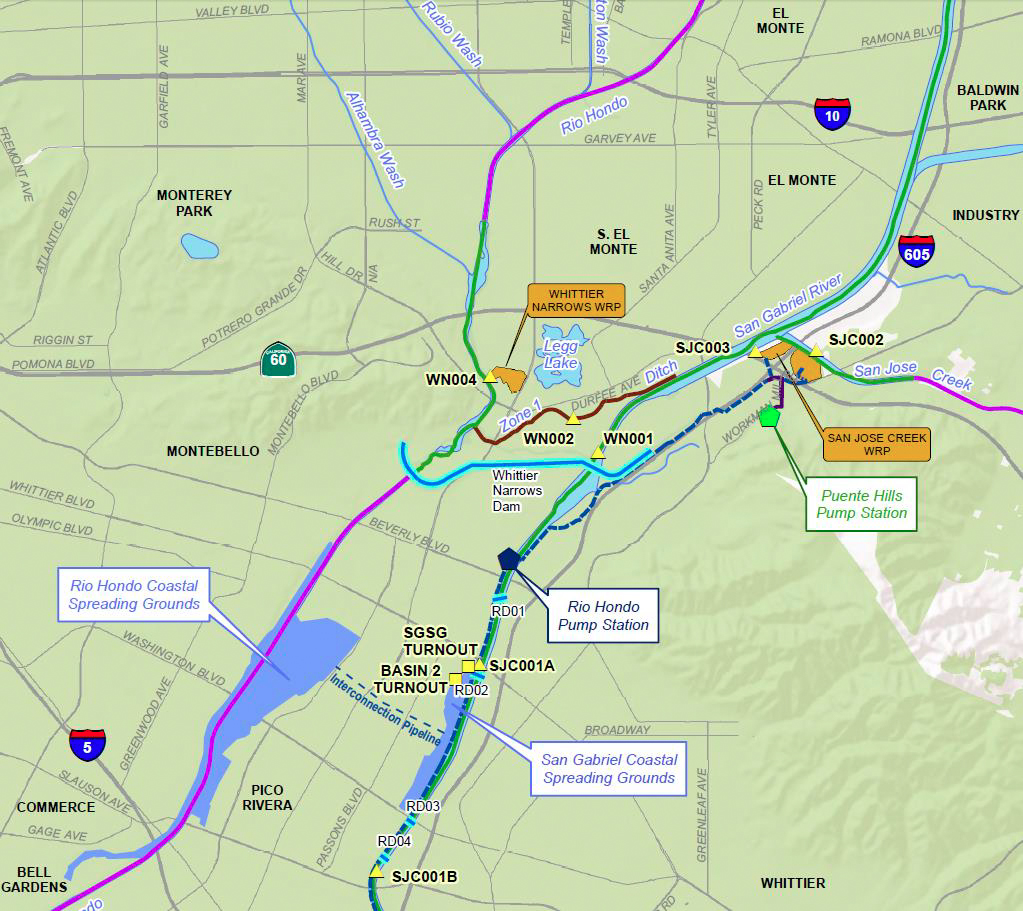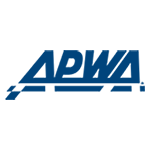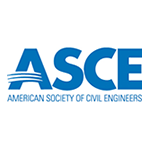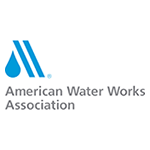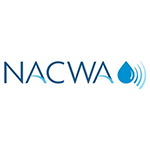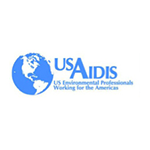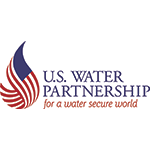- Home
- Contact Us
- News & Events
- Awards
- AAEES Awards Criteria
- 40 Under 40 Recognition Program
- Edward J.Cleary Award
- Excellence in Environmental Engineering and Science Education
- Gordon Maskew Fair Award
- Honorary Member
- International Honorary Member
- Ralph and Joe Bales Graber Science Award
- Stanley E. Kappe Award
- Environmental Communications Awards Competition
- Excellence in Environmental Engineering and Science Competition
- The AAEES Chapter Blue Marble Award
- Resources
- AAEES Microcredentials
- Annual Reports
- AAEES Press Releases
- AAEES Website How To VIdeos
- Environmental Engineer and Scientist
- Environmental Engineering Body of Knowledge
- PFAS Resources
- Specialty Examination Guide
- Students and Young Professionals Resources
- Who's Who in Environmental Engineering & Science®
- Leadership Opportunities
- Membership
- Donate
- Jobs
2021 Excellence in Environmental Engineering and Science® Awards Competition Winner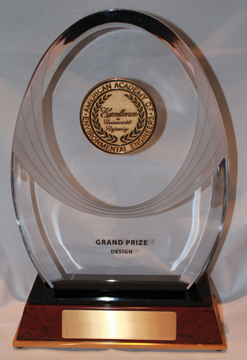
Grand Prize - PlanningSan Gabriel River Watershed Project to Reduce River Discharge in Support of Increased Recycled Water ReuseEntrant: Los Angeles County Sanitation Districts Entrant Profile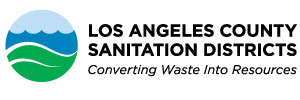 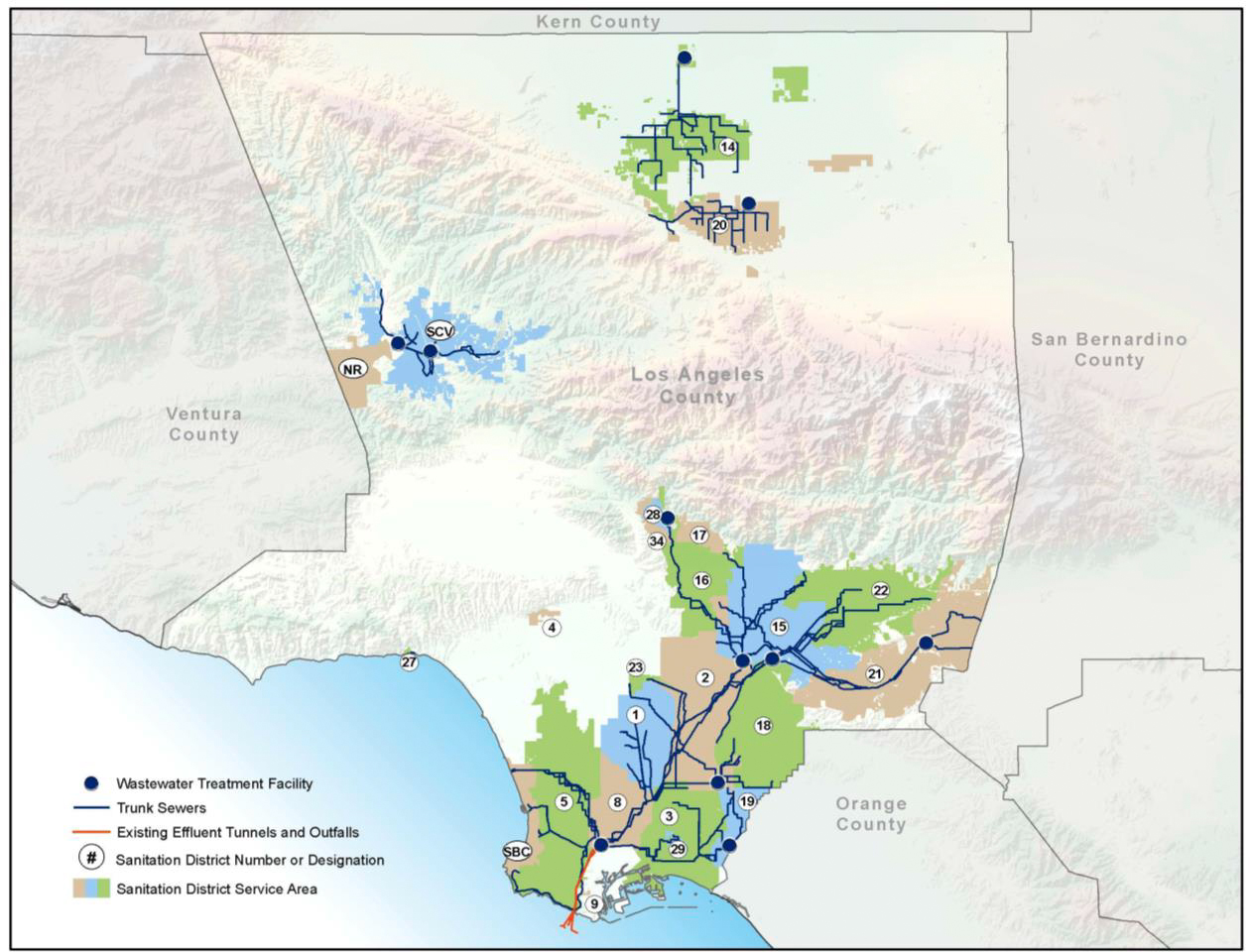 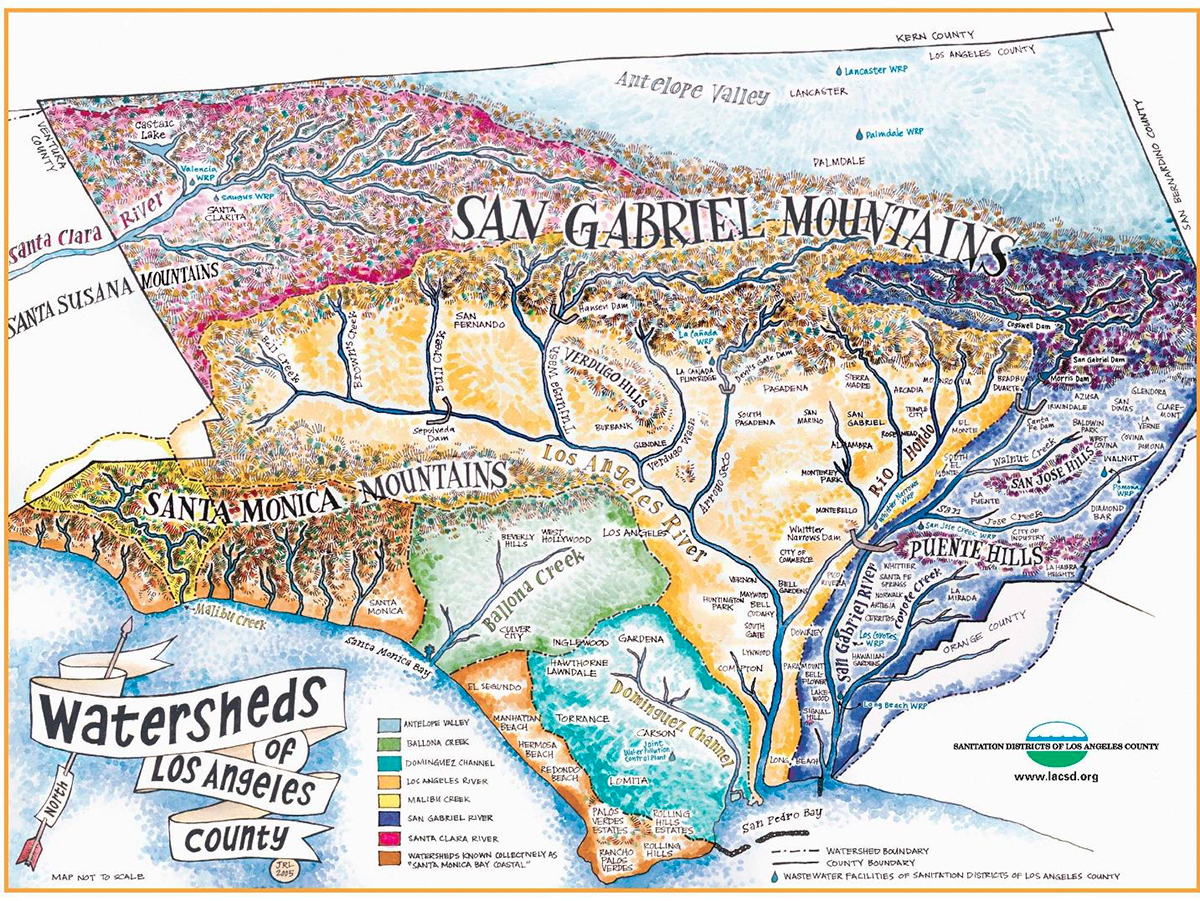
Figure 1: Highlights the 8 major watersheds in Los Angeles County including the San Gabriel River Watershed. 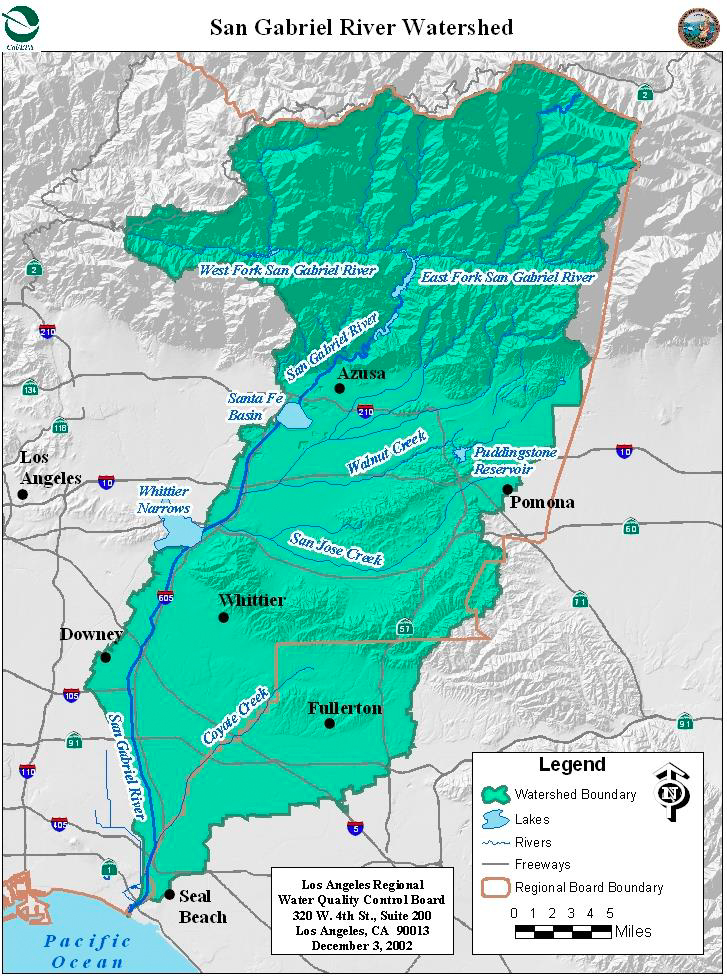
Figure 2: The 640-square-mile San Gabriel River Watershed is located in the eastern portion of Los Angeles County. 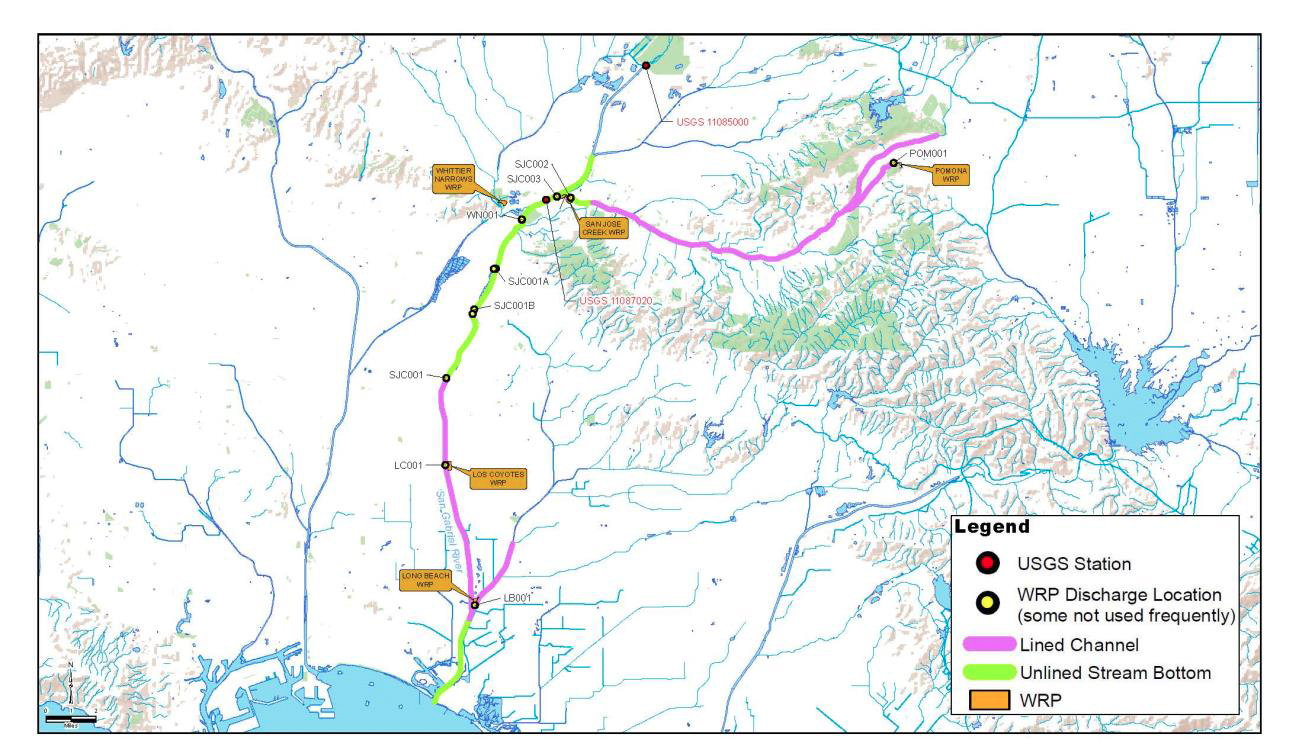
Figure 3: Sanitation Districts Water Reclamation Plant discharge locations in the San Gabriel River Watershed. 
Figure 4: Since 1962 the Sanitation Districts has augmented arid Southern California’s water supply through groundwater recharge operations in the San Gabriel River Watershed. 
Figures 5: Least Bell’s Vireo (LBV; Vireo bellii pusillus), LBV habitat, LBV nest. 
Figure 6: Habitat areas grouped by similar hydraulic conditions are closely monitored as part of the innovative San Gabriel River Adaptive Management Plan. 
Figure 7: The Adaptive Management Plan for the San Gabriel River Watershed carefully assessed existing pre-project conditions and developed an innovative approach that protects natural resources while at the same time increasing recycled water deliveries to the local community. This figure shows adaptive diversions for the San Jose Creek WRP. 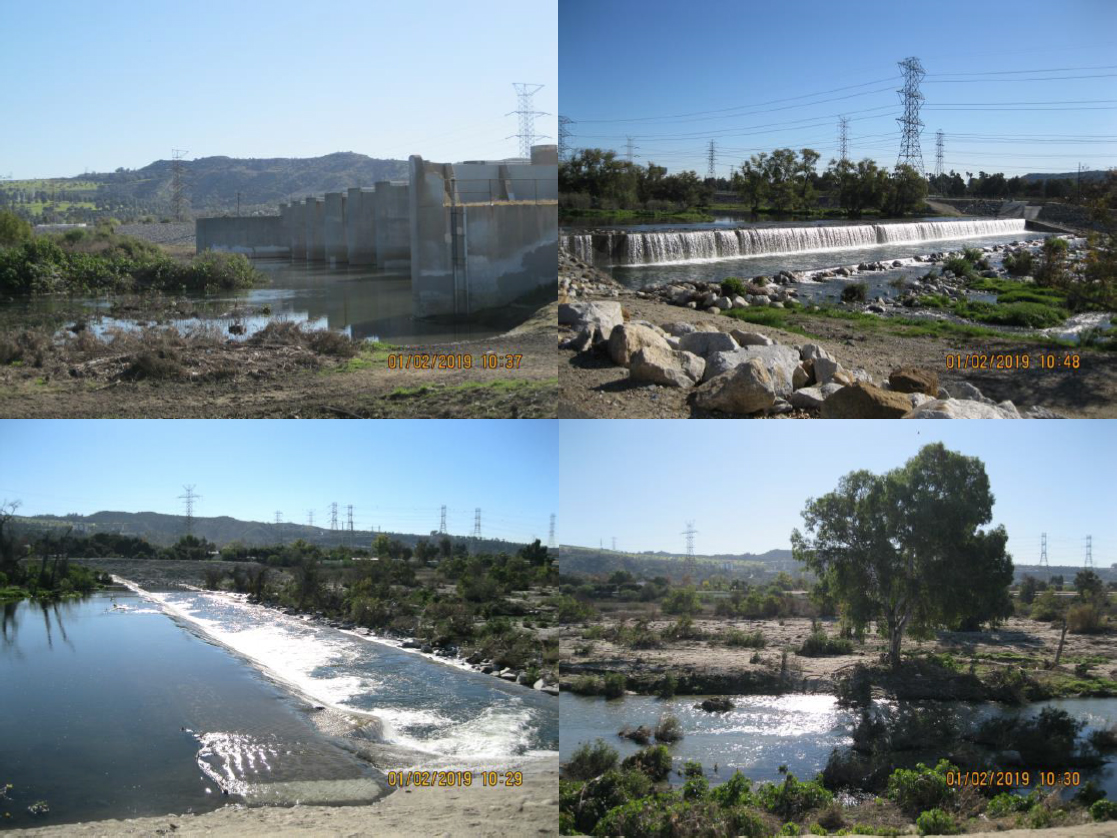
Figure 8: The San Gabriel River Watershed Project finds the right balance by recycling more water and discharging to the San Gabriel River at strategic locations, times and amounts to support habitat. Under the Adaptive Management Plan, the timing and volumes of river discharge will be set to sustain important habitat. The Los Angeles County Sanitation Districts (Sanitation Districts) are a public agency that consists of 24 independent special districts that serve approximately 5.6 million people in Los Angeles County (County). The Sanitation Districts’ service area covers approximately 850 square miles and encompasses 78 cities and unincorporated territory within the County. The Sanitation Districts construct, operate and maintain facilities that manage wastewater and solid waste and, in so doing, convert waste into resources, such as recycled water, green energy, and recycled materials. The agency operates and maintains a regional wastewater management system that transports and treats about half the wastewater in the County, or about 400 million gallons per day. This system includes approximately 1,400 miles of trunk sewers, 48 pumping plants and 11 wastewater treatment plants. The recycled water produced by our treatment plants is beneficially reused at more than 950 sites, including groundwater recharge basins that augment our local water supply. The Sanitation Districts are always striving to recycle even more water to help our communities. However, when more water is recycled, less is discharged to rivers where that recycled water may support habitat. In collaboration with river stakeholders and agencies charged with protecting habitat, we completed a 5-year study on the effects of reduced river discharge to find the right balance between community and environmental needs. This study has resulted in an Adaptive Management Plan that makes more recycled water available for reuse. Project DescriptionA Plan to Balance Societal and Environmental Water Needs in the San Gabriel River WatershedAs the number of recycled water projects in Southern California increases, treatment plants may send more recycled water to distribution systems and discharge less recycled water to channels and streams. The potential reduction to local stream flow requires careful planning to balance societal and environmental needs. The Sanitation Districts have worked over the past five years with the California State Water Resources Control Board (State Board), the California Department of Fish and Wildlife (CDFW), and the U.S. Fish and Wildlife Service (USFWS) to study the effects of reduced recycled water discharges to the San Gabriel River watershed (see Figures 1 and 2). A Plan to Balance Societal and Environmental Water Needs in the San Gabriel River Watershed (The San Gabriel River Watershed Project) is the result of this collaborative effort. CDFW and USFWS are concerned that reduced recycled water discharges to Southern California’s streams and rivers may adversely affect the aquatic and riparian ecosystems that have grown to rely on recycled water discharges. These stream corridors provide valuable wildlife habitat in our urbanized region. As part of the project, the Sanitation Districts worked closely with CDFW and USFWS to evaluate the San Gabriel River and develop an Adaptive Management Plan (AMP) that protects the habitat along the river while seeking to provide more recycled water for the region. The resulting AMP supports incrementally reducing surface discharges of recycled water from five Sanitation Districts’ water reclamation plants (WRPs) within the watershed. These WRPs—San Jose Creek WRP, Pomona WRP, Whittier Narrows WRP, Los Coyotes WRP and Long Beach WRP—have historically discharged into the San Gabriel River or its tributaries: San Jose Creek or Coyote Creek (see Figure 3). The water not discharged will instead supply recycled water programs implemented by partner agencies (see Figure 4). Development of the Adaptive Management PlanSpecies SurveysBefore recycled water can be beneficially reused, the State Board must find that the proposed change will not injure other users of water, harm instream uses, and is in the public interest. In California, protection of aquatic ecosystems is verified by surveying the most vulnerable or sensitive species in the watershed. To verify that sensitive species in the watershed, including the Least Bell’s Vireo (the most sensitive species in this watershed), are protected four focused special-status species surveys were performed within the San Gabriel River watershed (see Figure 5). The four surveys included fish, Tricolored Blackbird, bat, and the Western Pond Turtle. Through ongoing Habitat Management Committee (which includes members from resource agencies, non-governmental organizations (NGOs) and other experts) oversight, and the constructive engagement of the CDFW, concerns about impacts to rare species have been satisfactorily resolved. Groundwater StudiesThe annual water demand for the entire vegetated area is 1,945 AF or 64 million gallons per year. Based on this analysis, the Sanitation Districts would need to supply a sufficient amount of water that could be either (1) consumed by vegetation directly from surface flow, or (2) stored in the soil to provide for the future needs of the vegetation. Groundwater and hydrology modeling were conducted to verify future needs were met. The groundwater study determined that the strategic recycled water diversions would not reduce groundwater storage. Hydrology StudiesThe hydrology studies examined constant versus intermittent discharges of recycled water and rather than setting flows, adjusts the amount of recycled water discharge based on water conservation and flood control levels (see Figure 6 for study areas). The Sanitation Districts proposed a modified water discharge schedule to more efficiently provide water both in volume and time. The San Gabriel River Watershed Project is designed to minimize the lengths of dry periods over the course of the year, while targeting an average discharge rate of 5 MGD. The Adaptive Management Plan developed as part of the San Gabriel River Watershed Project describes the habitat monitoring and adaptive triggers and actions that will be used to identify and mitigate impacts from reduced surface discharge of recycled water. The plan established the Habitat Management Committee to review the habitat conditions and identify when and if adaptive management actions are needed. The committee reviews collected data annually to verify protective responses. The overall goal of the plan is to maintain habitat at its existing level, or better, while making more recycled water available to the community. Based on the findings of the San Gabriel River Watershed Project, the State Board approved reduced recycled water discharges in 2020 under California Water Code §1211, which requires that any diversion of recycled water from waterbodies consider the effects to beneficial uses, including effects to ecosystems. That approval required collaboration not only with resource agencies but also with the environmental community, who initially had concerns about habitat sustainability. The advantages of the plan were so clearly demonstrated that representatives of the environmental community, LA Waterkeeper and Heal the Bay, drafted a letter to the State Board “supporting the approval of the diversions.” The collaborative effort between the Sanitation Districts, wildlife agencies, and NGOs resulted in a watershed management approach that protects natural resources while at the same time augmenting the region’s water supply (see Figure 7). The San Gabriel River Watershed Project demonstrates how agencies, environmental groups and regulators can work together as California and the nation seek to increase local water sustainability, while simultaneously maintaining watershed habitat (see Figure 8). As a result of the project, the timing and volumes of recycled water discharges will be managed to sustain important habitat with annual monitoring performed to ensure there are no negative impacts. This project, which has freed up 35 million gallons per day of recycled water for community use, can serve as a science-based blueprint for developing other sustainable environmental management plans. Click images to enlarge in separate window. Click here to return to the list of 2021 winners. |

